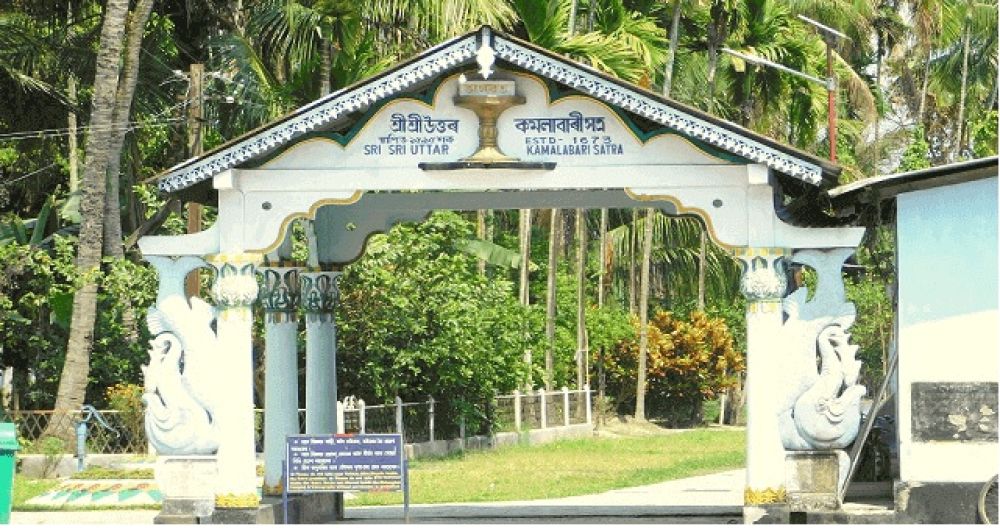

The quaint island of Majuli, nestled amidst the mighty Brahmaputra River in Assam, India, is home to a unique cultural gem—Kamalabari Satra. Founded in the 16th Century by the saint and cultural icon Srimanta Sankardeva, Kamalabari Satra has since been a bastion of Assamese culture, spirituality, and tradition. The Satra, or monastery, has played an integral role in preserving the classical dance form of Sattriya and other art forms like music and drama.
The history of tourism at Kamalabari Satra is intrinsically tied to the evolution of Majuli as a cultural destination. Initially, the island served as a spiritual retreat for devotees and religious scholars. However, with the recognition of its rich tapestry of tradition and the scenic beauty of the riverine island, Majuli and Kamalabari Satra began to draw the attention of domestic and international tourists alike.
In the late 20th century, tourism in Majuli received a gradual boost with the popularization of the Sattriya dance in the global cultural landscape. Being one of the main centers for Sattriya, Kamalabari Satra became a focal point for those seeking to experience this dance drama tradition, first-hand. Over the years, as awareness and appreciation grew, so did the influx of culture enthusiasts, marking Majuli as an offbeat and enlightening tourist destination.
In recent years, responsible tourism has started gaining momentum in Majuli. Visitors are increasingly interested in immersive experiences that allow for a deep understanding of the island's heritage and ecology, with homestays becoming a popular form of accommodation. Tourists are encouraged to engage in community life and learn about the Satra’s ethos and practices.
Another trend seen in Majuli is the festival tourism, with events like the annual 'Raas Leela' attracting crowds from across the globe. These festivals showcase the rich cultural tapestry of Kamalabari Satra through performances that retell episodes from Hindu epics.
A pivotal turn in recent years has been the digital promotion of this destination. With online campaigns by the Assam Tourism Department and private blogging sites sharing the enigmatic allure of Kamalabari Satra, there is a marked rise in the digital-savvy traveler seeking new spiritual and cultural horizons. Additionally, virtual tours have become a complementary tool for those unable to visit in person.
Eco-tourism is also a significant thrust for Majuli, with tourists showing greater concern for sustainable travel practices to help preserve the Satra’s environs. The local community, along with the tourism department, has been actively involved in conservation efforts of Majuli's unique habitat, recognizing its significance as the world's largest river island.
In conclusion, Kamalabari Satra has evolved from a secluded spiritual site into a vibrant cultural tourism spot, with visitors coming to immerse themselves in its traditions and tranquil beauty. The Satra continues to preserve the age-old Assamese customs, while also welcoming tourists from all corners, making it a unique blend of sanctity and cultural exploration.